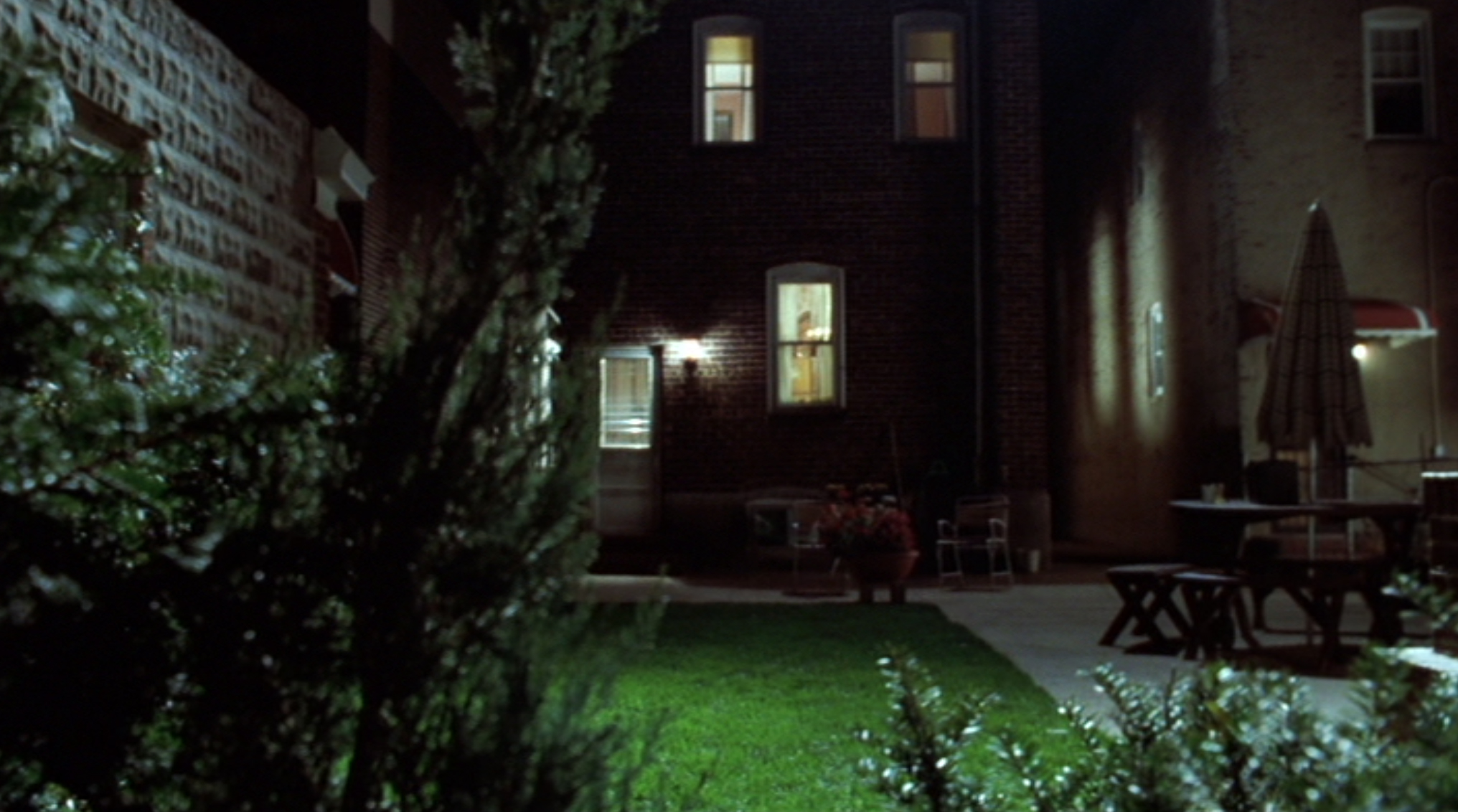Feed the Hole
It’s probably not the best idea to design your financial planning strategies from early 1990s crime films; but for as long as I can remember whenever I’ve saved any amount of cash, whether it’s $10 or $100, I repeat to myself the line “Feed the hole . . . feed the hole.”
The quote is from Romeo is Bleeding (1993), a movie I saw much earlier than I probably should have, when I was still learning about personal finance and responsible behavior (I still feel too young to watch it). Gary Oldman stars as a corrupt NYPD detective who has a side business of ratting out mob informants to the underworld for envelopes of cash. He becomes obsessed with the physical size and shape of the cash received, stuffing envelope after envelope of unspent blood money in a garbage bag buried in a storm drain outside his row house. Oldman’s narration rasps over the scene in a motto, “Feed the hole. Keep the hole happy. It’s all that you’re good at . . ."
The physicality of cash is a great incentive to save. Stuffing hard-earned wads of cash into a safe place known only to you has a more visceral satisfaction than depositing a thin check into an ATM slot and watching digits increase on your carbon bank slip. As your stash grows, you can physically feel the possibilities of your stash—escape, freedom, security. (My version of Oldman’s garbage bag is a Princess Diana and Prince Charles marriage tin commemorating their doomed union of July 29, 1981.)
In this can I saved the funds needed for my move to Chicago to attend college, and five years later the funds needed to leave Chicago for New York City. That New York rally was no easy feat—$5000 in a little over four months. It necessitated working seven days a week, and sometimes 17-hour workdays. What made this mad dash possible was having the “hole” mentality to my savings, by viewing my daily income made as a waitress and theater usher as just another object to hoard like my books and records. To this day, whenever I need to rally up a savings I start to “feed the hole” as quickly as possible. My money won’t earn any interest, but I can physically feel my freedom growing which may be worth a lot more.
As his life flies increasingly off the rails and his extra marital affairs start to bleed into his side business of part-time informant and hit man, the “hole” becomes a looming symbol to Oldman of the escape he’ll never quite make, that dream exit-getaway in movies where him and the wife (Annabella Sciorra) will slip out of the country to a tropical island, or at least to a condo in an unnamed desert locale. You know when main characters in crime films talk about “getting out” or warm getaways that things won’t end well—by the last third of the film Oldman is primarily running, screaming, or crying over things he’s set into motion that have gotten out of hand. The comic-book-esque villain is played by lovely Lena Olin, who by the end of the movie is transformed into a Working Girl meets Robo Geisha monster of sorts, a femme fatale of pure evil who relishes every moment of pain she inflicts.
Circles added for internet modesty
The contents of the hole are sent packing with the sweet, long-suffering wife—out of the film and out of Oldman’s life when things start to really go off the rails. Despite cartoonish ultra violence in spots, Romeo is Bleeding is a great crime movie with the cardinal virtue of starting with at least a semblance of typical reality and morality that makes every depraved act of Oldman’s all the more grave and delightful to watch.





